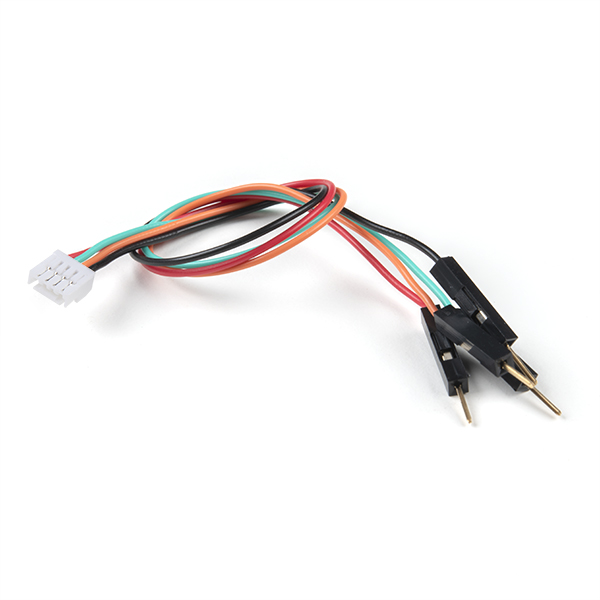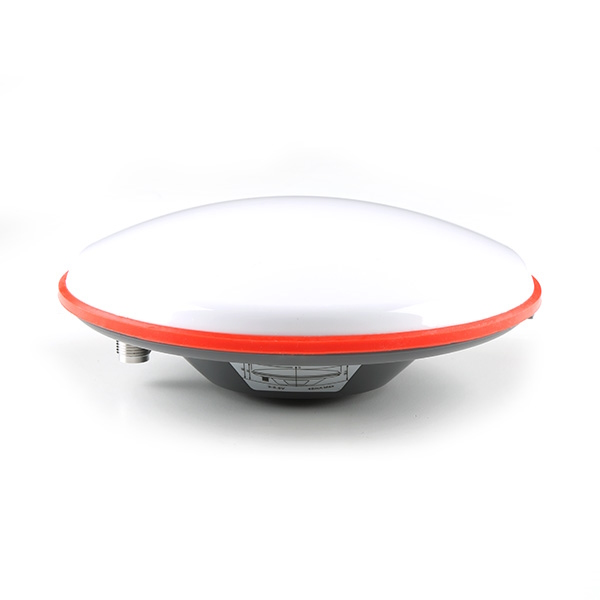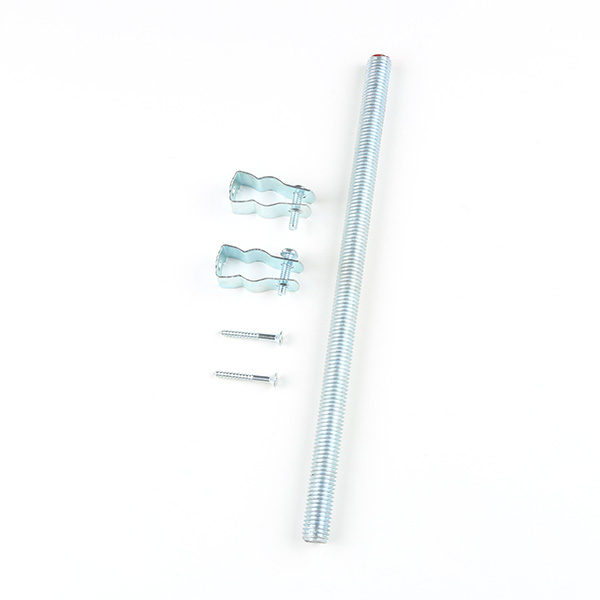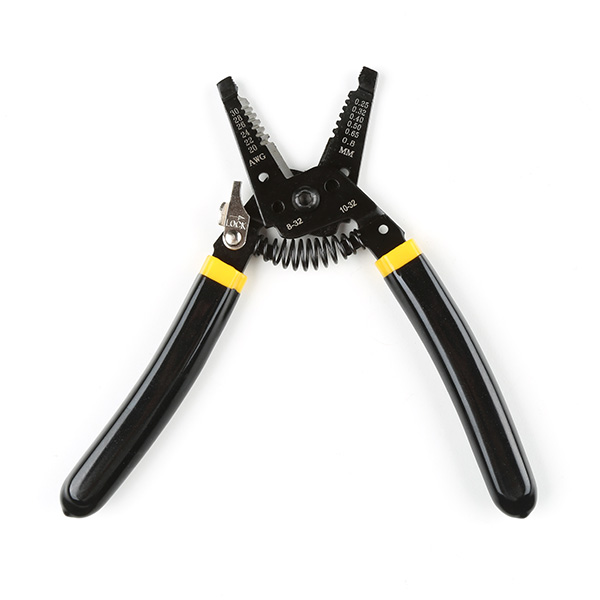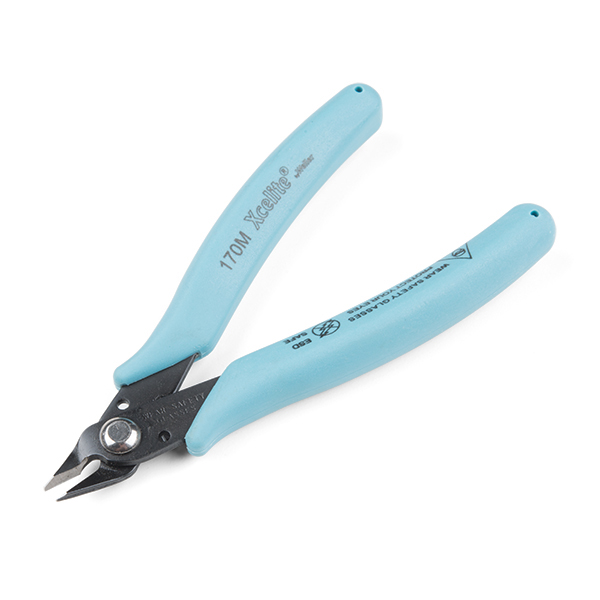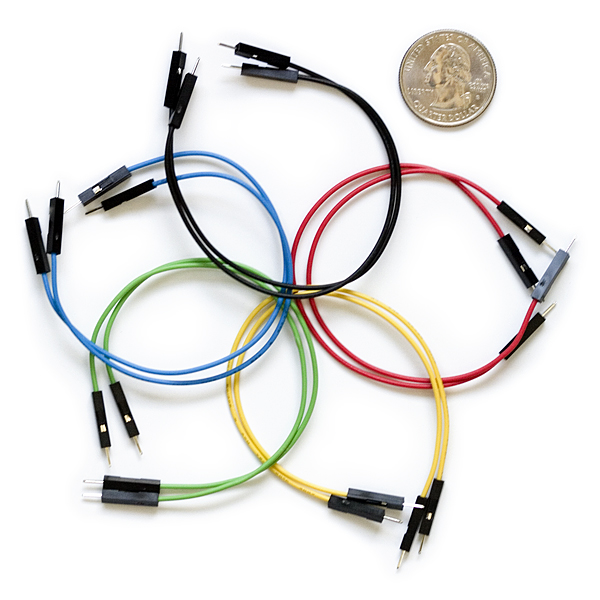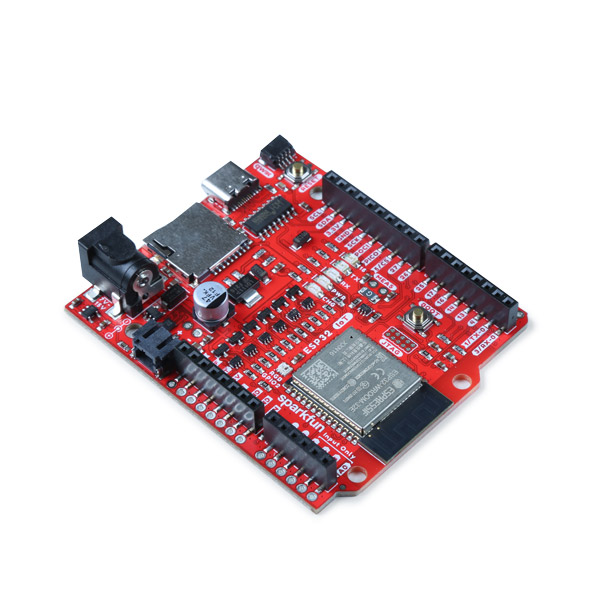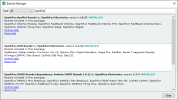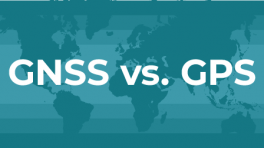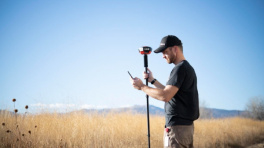Introduction
The SparkFun Triband GNSS RTK Breakout features the UM980 GNSS high precision RTK position module from Unicore Communications. The UM980 is a 1408-Channel GNSS Receiver based on the Nebulas IV™ that is able to simultaneously track GPS L1/L2/L5, GLONASS L1/L2, Galileo E1/E5a/E5b/E6, Beidou B1I/B2I/B3I/B1C/B2a/B2b, QZSS L1/L2/L5, and SBAS. With this board, you will be able to know where your (or any object's) X, Y, and Z location is within roughly the width of your fingernail. When an RTK solution is reached, the module can achieve a horizontal accuracy of about 8mm (~0.3 inches) and vertical accuracy of 15mm (~0.59 inches). The UM980 is capable of both rover and base station operations.
In this tutorial, we'll go over the hardware and how to hookup the breakout board. We will also go over the Arduino examples to get started.
Required Materials
To follow along with this tutorial, you will need the following materials. You may not need everything though depending on what you have. Add it to your cart, read through the guide, and adjust the cart as necessary.
- 1x SparkFun IoT RedBoard - ESP32 Development Board [WRL-19177]
- 1x Reversible USB A to C Cable - 0.8m [CAB-15425]
- 1x Breadboard to JST-GHR-04V Cable - 4-Pin x 1.25mm Pitch [CAB-17240]
- 1x SparkFun Triband GNSS RTK Breakout - UM980 [GPS-23286]
- 1x Reinforced Interface Cable - SMA Male to TNC Male (10m) [CAB-21740]
- 1x GNSS Multi-Band L1/L2/L5 Surveying Antenna - TNC (SPK6618H) [GPS-21801]
GNSS Accessories (Optional)
Depending on your setup, you may need the following mounting hardware. Note that the antenna ground plate is needed for tri-band antennas that do not have a ground plane.
- GNSS Magnetic Mount [PRT-21257]
- GNSS Antenna Mounting Hardware Kit [KIT-22197]
- GPS Antenna Ground Plate [GPS-17519]
Radios (Optional)
For users that require radios to transmit RTK correction data, you could use the following radios.
- SiK Telemetry Radio V3 - 915MHz, 100mW [WRL-19032]
- SparkFun LoRaSerial Kit - 915MHz (Enclosed) [WRL-20029]
Tools (Optional)
You will need a soldering iron, solder, and general soldering accessories for a secure connection when using the plated through holes.
- Soldering Iron [TOL-14456]
- Solder Lead Free - 15-gram Tube [TOL-9163]
- Flush Cutters - Xcelite [TOL-14782]
- Hook-Up Wire - Assortment (Stranded, 22 AWG) [PRT-11375]
- Wire Stripper - 20-30 AWG Solid (22-32 AWG Stranded) [TOL-22263]
Prototyping Accessories (Optional)
As listed earlier, we recommend using the 4-pin JST-GHR-04V cable to connect directly to the IoT RedBoard - ESP32's female header pins. However, you could also use IC hooks for a temporary connection depending on your setup and what you have available. For those that prefer to the 0.1" spaced PTH, you will want to solder header pins for a secure connection.
- Breadboard - Self-Adhesive (White) [PRT-12002]
- IC Hook with Pigtail [CAB-09741]
- Break Away Headers - Straight [PRT-00116]
- Female Headers [PRT-00115]
- Jumper Wires Premium 6" M/M Pack of 10 [PRT-08431]
Suggested Reading
If you aren’t familiar with the following concepts, we also recommend checking out a few of these tutorials before continuing.
You may also be interested in the following blog posts on GNSS technologies.



